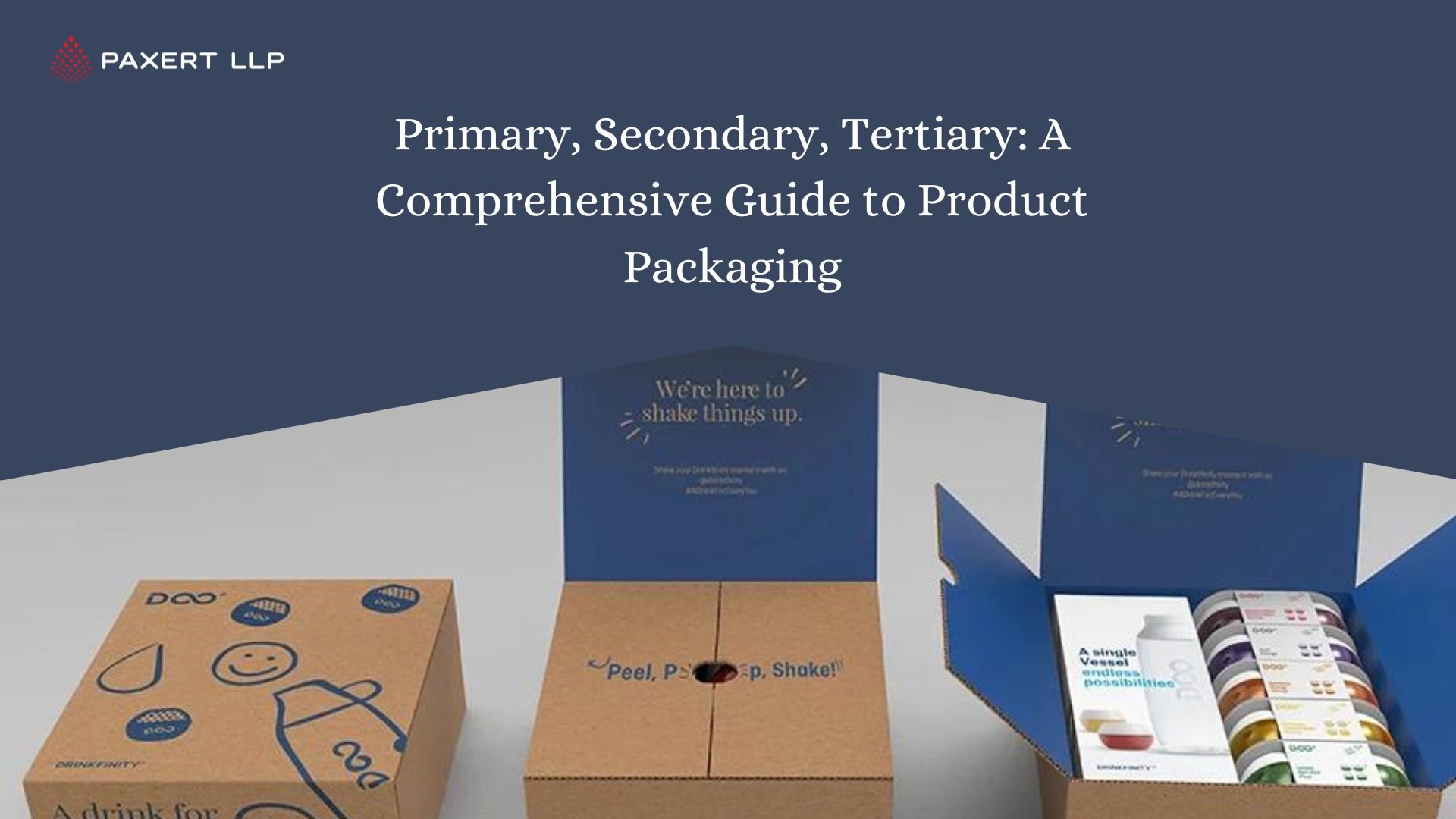A Comprehensive Guide To Primary, Secondary And Tertiary Packaging
Packaging is the first thing that attracts a customer. It is much more than just a type of box used. Within the supply chain, products face a range of potential hazards that effective packaging can minimise. Packaging, a crucial element in protecting warehouse goods, serves a crucial function of securing and grouping stored products. Not only that but a good packaging can also prove to provide a lasting impact on customers.
Ever wondered how that bottle of shampoo went from factory to your shower shelf, safe and sound? The answer lies in the magic of packaging, not just one kind, but three distinct layers: primary, secondary, and tertiary.
In this blog, we peel back the layers (metaphorically, of course ) to reveal the fascinating world of packaging and its essential roles in:
Protecting your precious products: From the bottle itself to the sturdy pallet, each layer safeguards your goods throughout their journey.
Boosting your brand identity: Secondary packaging lets your brand shine on store shelves, attracting customers and telling your story.
Optimizing logistics and costs: Tertiary packaging ensures efficient transportation and storage, keeping your supply chain humming.
The Core Essence: Primary Packaging
What is it?
Primary packaging is the initial protective layer that directly envelops the product. It is the first tangible encounter a consumer has with a product, significantly influencing the overall perception of the product.
This layer serves multiple purposes, from safeguarding the product against external elements to providing essential information such as ingredients, usage instructions, and branding. It engages consumers and conveys the essence of the product within.
Transitioning from manufacturing to the retail shelf, primary packaging plays a key role in preserving the product's freshness and quality. Materials used for primary packaging often include plastics, glass, and metals, chosen for their protective qualities and ability to showcase the product's visual appeal. The tight grip of primary packaging ensures that the product reaches the consumer in the same pristine condition in which it left the production line.
A recent research found that high-quality and well-designed primary packaging can enhance brand perception, leading to increased brand trust, loyalty, and ultimately, positive purchase decisions.
Examples:
Milk Cartons
Beer Cans
Plastic Bottles for detergent
Cardboard Boxes
Explore our range of products that qualifies as Primary Packaging
Beyond the Surface: Secondary Packaging
Weaving a Web of Protection and Aesthetics:
Secondary packaging steps in to add an extra layer of protection and aesthetics to the product, enveloping the primary package. It is the bridge between the manufacturing facility and the retail display, offering an added layer of security during transportation and storage. Unlike primary packaging, which is intimately connected to the product, secondary packaging introduces the opportunity for creative branding and storytelling.
Secondary packaging, often made from materials like cardboard or paperboard, is customisable and serves as a canvas for captivating graphics and brand messaging. This layer is not only about protection but also about creating an emotional connection with the consumer. The transition from primary to secondary packaging is seamless, through visuals and design that captures the essence of the brand and product.
According to Internal Logistics Research Society Implementing optimised secondary packaging solutions like standardised box sizes and pallet pooling can lead to up to a 15% reduction in transportation costs and a 10% decrease in warehouse storage space.Explore our range of products that qualifies as Secondary Packaging:
Tertiary Packaging
Ensuring Safe Passage from Manufacturer to Retailer:
Tertiary packaging, the outermost layer, is all about logistics and efficiency. Its primary function is to safeguard multiple units of the product during transportation and storage. This layer is designed to withstand the rigors of the supply chain, protecting the products from the bumps and jostles of transit. Tertiary packaging is the silent guardian, ensuring that the products arrive at their destination in large quantities, intact and ready for display.
Common materials for tertiary packaging include pallets, stretch wrap, and corrugated boxes. These materials are chosen for their durability and ability to withstand the demands of handling and transportation. Tertiary packaging is the final piece of the puzzle, seamlessly integrating with both primary and secondary packaging to create a cohesive and efficient packaging system.
According to the Packaging World Magazine Utilizing proper strapping, shrink-wrapping, and corner protection techniques in tertiary packaging can reduce product damage during transit by up to 80%.
Conclusion
The harmony between primary, secondary, and tertiary packaging is the backbone of a successful product journey. Primary packaging engages the consumer, secondary packaging adds flair and protection, and tertiary packaging ensures the safe transit of products on a larger scale. By understanding and optimising each layer, businesses can elevate their brand image, enhance customer satisfaction, and streamline their supply chain.




